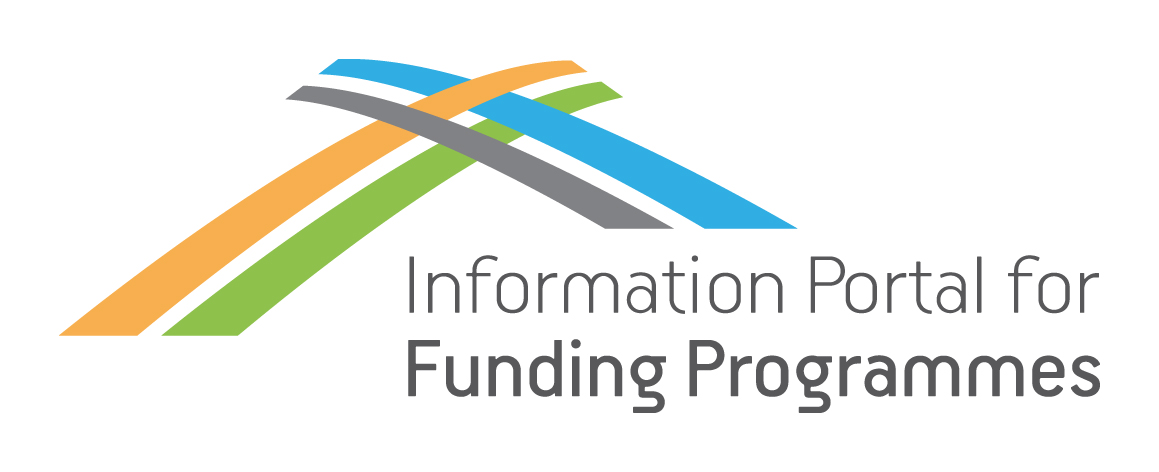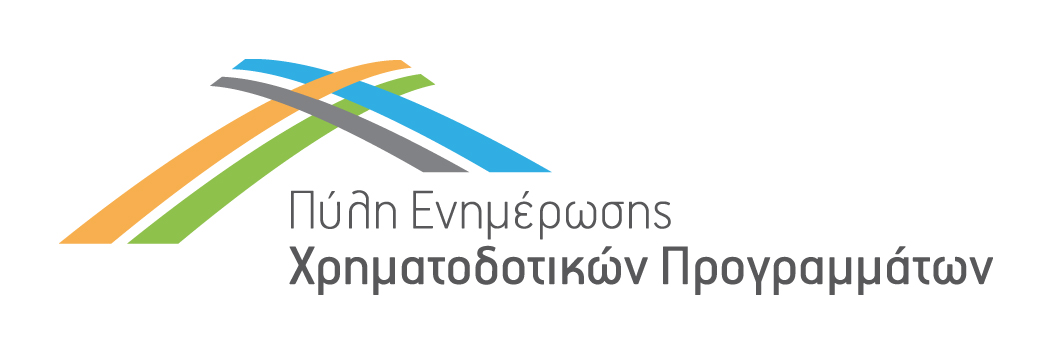Demonstration and deployment of multi-purpose Hydrogen Refuelling Stations combining road and airport, railway, and/or harbour applications (IA)
Programme Category
Programme Name
Programme Description
The Clean Hydrogen Joint Undertaking or Clean Hydrogen Partnership is a unique public-private partnership supporting research and innovation (R&I) activities in hydrogen technologies in Europe. It builds upon the success of its predecessor, the Fuel Cells and Hydrogen Joint Undertaking.
Identifier Code
Call
Summary
It is fundamental to develop and optimise HRS – Hydrogen Refuelling Stations (especially for trains, marine and airport applications), situated on depots, with corresponding captive demand for large-scale hydrogen. This concept assumes the provision of pressurised gaseous and/or liquid hydrogen together with the development of appropriate and reliable systems for lifetime prediction. Combining multi-mobility ecosystems (railway, maritime and airports) within the same HRS may reduce refuelling costs and supply chain costs.
The aim of this topic is to demonstrate a multipurpose HRS able to supply a combination of aviation, rail and/or heavy-duty road applications.
Detailed Call Description
Combining the mobility ecosystems will stimulate the development of a regional hydrogen economy, creating a synergy with public and private actors across the hydrogen value chain (production, distribution, storage, and end-use).
Proposals should respond to the following technical requirements:
- Develop high throughput stations for heavy duty vehicles fleets (trains, buses or trucks, aircrafts, maritime vessels, and associated ground support equipment), including 1,000 to 3,000kg/day capacity and individual fills of more than 200 kg expected in less than 20 minutes; more generally the station capacity should depend on filling station profile (e.g. hourly peak demand is usually around 7% of the daily mass dispensed (for trucks);
- Develop digital models that capture refuelling data in aim to anticipate load curves in the HRS;
- Reduce CAPEX and OPEX by implementing innovative technological components (e.g., compressors, cooling systems, dispensers) and optimising their integration into the design and operation of the HRS;
- The interaction between the HRS and other fleet-specific processes on site or nearby can also be investigated. The control strategy will reduce the energy consumption of the HRS and allow safe and optimised refuelling of the vehicles and will adapt/develop appropriate fuelling protocols;
- Reduce OPEX and increase reliability by developing and testing of condition-based maintenance approaches for key HRS components;
- Facilitate the use of locally produced green hydrogen, e.g., by enabling low inlet pressure and flexible operation for intermittent renewable energies, or production by electrolysis or biomass;
- Develop a pressurised and/or liquid hydrogen supply strategy;
- Implementing appropriate protocols depending on different supply strategies e.g., the development of swap tank containers for distribution and storage;
- Analysis and identification of standardised primary performance metrics of HRS and input to standardisation premiums in order to enable comparison of different HRS;
- Aim to standardise and industrialise HRS equipment and components while developing protocols for safe and reliable refuelling in partnership with OEMs and distributors;
- Include specific targets (beyond the State-of-the-Art) for improved reliability, safety and availability of HRS equipment and infrastructure;
- Address technical certification and levels of education and awareness amongst regulators and other stakeholders;
- Support improved efficiency, with the goal of zero boil-off for LH2 and losses during hydrogen transfer, distribution, and, ultimately, across the whole hydrogen supply chain;
- Provide refuelling of support vehicles within the respective area of use, demonstrating global platform autonomy;
- Develop an understanding of common failures at HRS;
- Quantify the costs incurred when operating an HRS.
Call Total Budget
Financing percentage by EU or other bodies / Level of Subsidy or Loan
Expected EU contribution: €8.000.000
Thematic Categories
- Other Thematic Category
- Processing
- Research, Technological Development and Innovation
- Transport
Eligibility for Participation
- Other Beneficiaries
- Researchers/Research Centers/Institutions
Eligibility For Participation Notes
At least one partner in the consortium must be a member of either Hydrogen Europe or Hydrogen Europe Research.
An additional obligation regarding subcontracting has been introduced, namely that subcontracted work may only be performed in target countries set out in the call conditions.
The beneficiaries must ensure that the subcontracted work is performed in the countries set out in the call conditions.
The target countries are all Member States of the European Union and all Associated Countries.
Call Opening Date
Call Closing Date
EU Contact Point
Email: info@clean-hydrogen.europa.eu
Phone number: +32 22218148
Postal address: Avenue de la Toison d’Or 56-60, 1060 Brussels, Belgium




